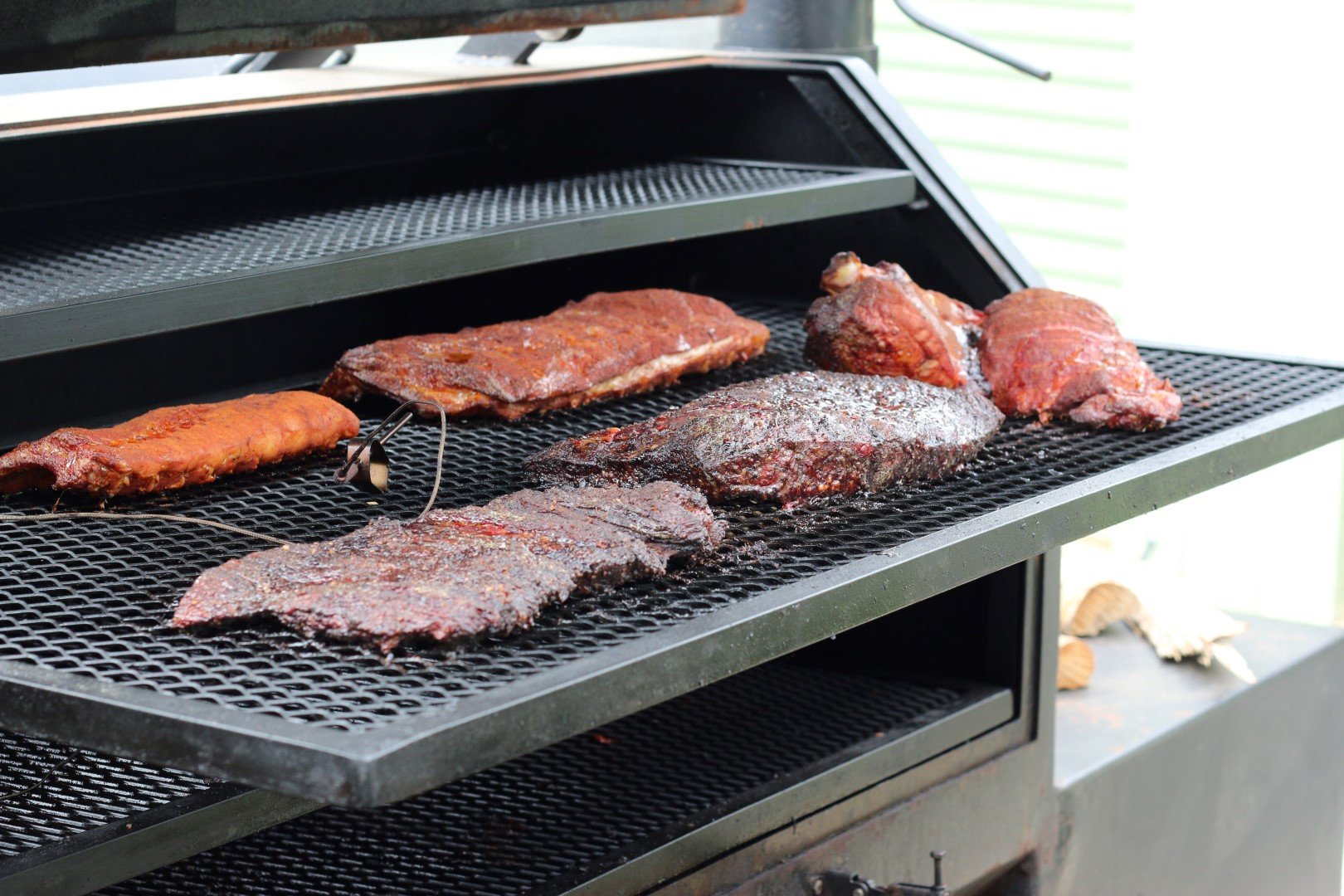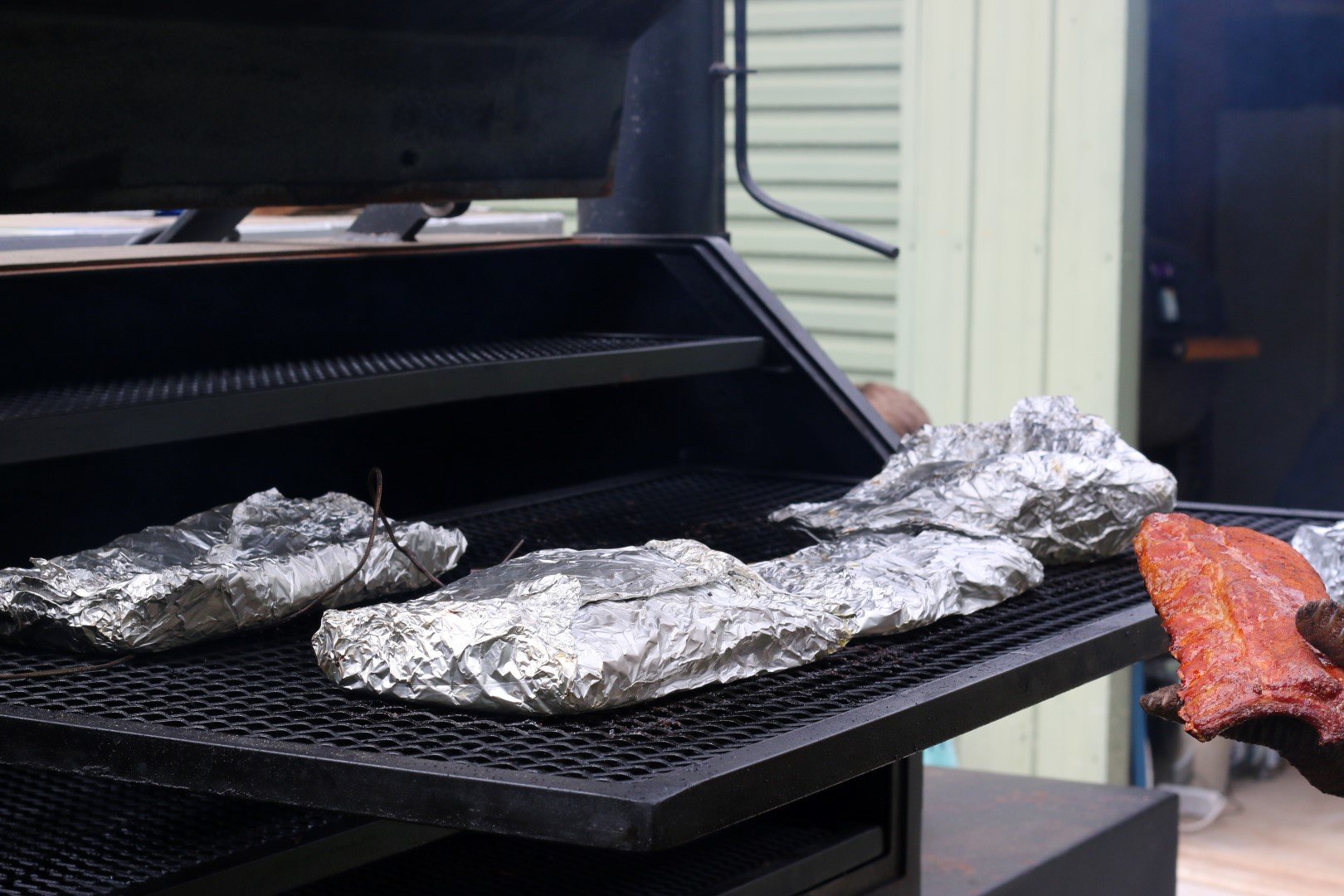There is no real right and wrong in Low & Slow Barbecue. At the end of the day, if you are happy with the result and enjoying yourself, then you are on the right track.
Improving your barbecue food is about practice, and understanding the many variables that are involved in your style of cooking. One of the great things about low & slow barbecue is that with so many options and possibilities, you can easily create your very own unique style.
In our experience, above all else, there were two key lessons learned that significantly improved the quality of our food:
1. The difference between good smoke and bad smoke
Although low and slow barbecue is often referred to as “smoking”, don’t be fooled into thinking you need a lot of smoke. White smoke will seriously taint your food with an overpowering flavour. Next time you are eating some great barbecue from a restaurant or food stall/truck, or wandering through one of the many barbecue competitions popping up around the country, have a look at the chimneys/vents on their smokers. We can almost guarantee you will see a beautiful clear, almost blue, heat haze steadily streaming out, and no sign of any thick white smoke!

2. Wrap your meat!
We all love a bit of ‘Bark’ on our meat: that beautiful, dark, slightly crunchy exterior crust and ‘smoke ring’ that low and slow meat is famous for. But there is a fine line between having this tasty outside layer and then drying out your meat. In our experience, the crust/bark generally forms within the first few hours of cooking, and from then on the inside of your meat begins to dry out, and you risk overpowering with smoke flavour. To combat this and keep your meat moist and juicy in the middle, wrap your meat with foil or greaseproof paper part way through the cook, once you are happy with crust/bark. The timing for this will be something that comes with experience and will depend on how moist/dry you like your meat, your cooking temp, thickness of the cut, etc. As a rough guide for any large cut of meat (brisket, pork shoulder etc), we find that wrapping after about 3 hours (for a 6+ hour cook) gives a nice balance



